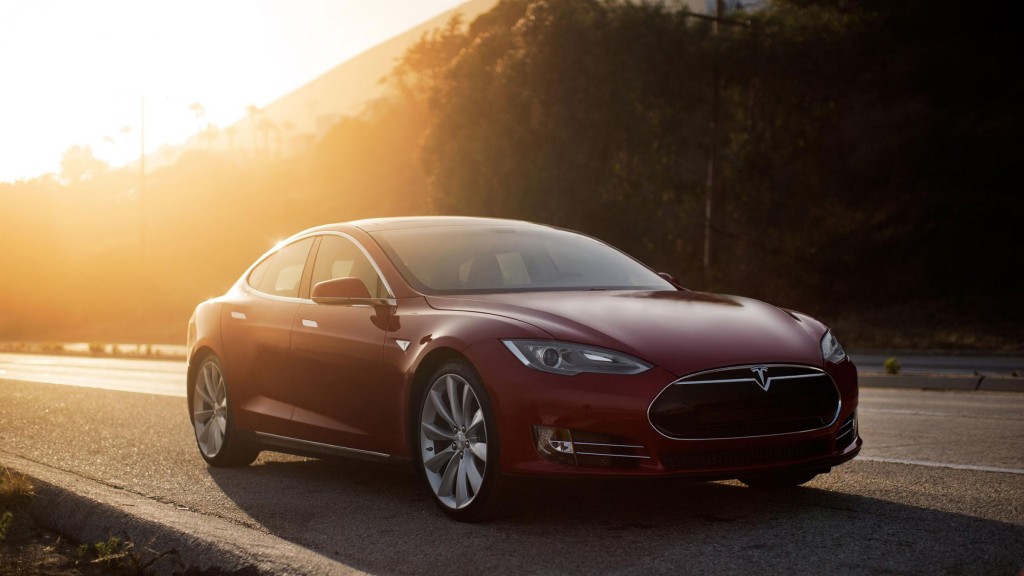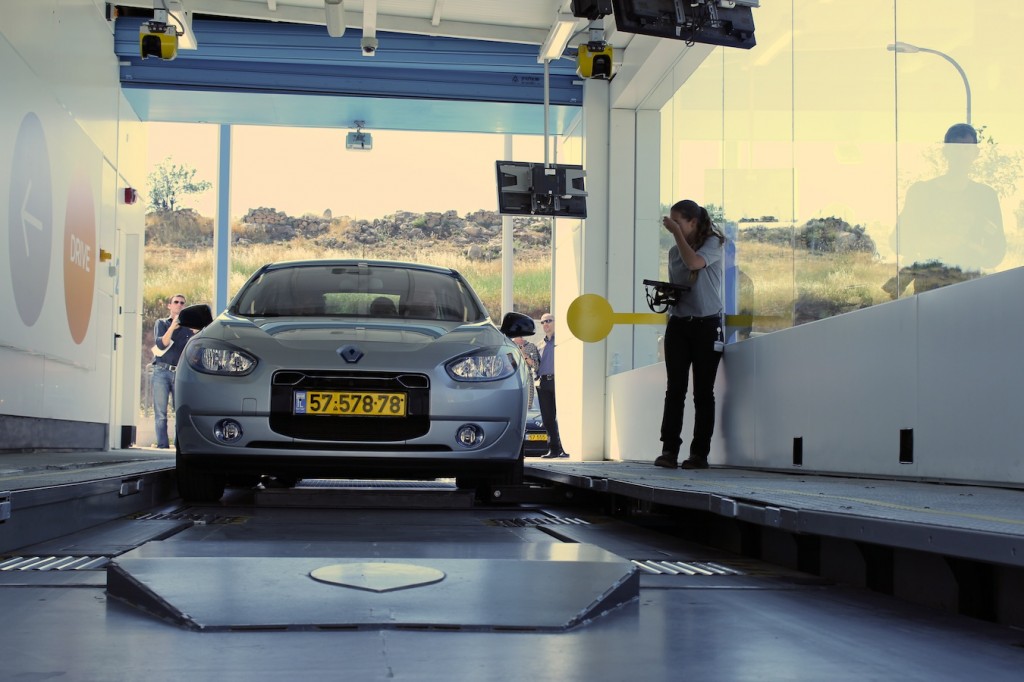Exactly a year ago, Tesla Motors CEO Elon Musk presided over a flashy demonstration in which the battery pack of a Tesla Model S electric car was apparently swapped from underneath within 90 seconds and replaced with a fresh pack.
The event generated a huge amount of press, and subsequent coverage explained why battery swapping was important despite the company's expanding network of Supercharger DC fast-charging sites.
DON'T MISS: California Hands Loss To Tesla In Proposed ZEV Credit Changes
Offering the ability to swap battery packs and "refuel" the car in less than 10 minutes earned Tesla extra points in the arcane world of Zero-Emission Vehicle credits administered by the powerful California Air Resources Board.

2014 Tesla Model S
We heard very little about Tesla battery-swapping after that. And the demonstration left many questions unanswered, including how the battery pack's coolant pipes could be disconnected and reconnected in that short a time--presumably without spilling any of the battery's liquid coolant.
Then, this past April, CARB proposed changes to its rules that would have eliminated the extra credits for battery swapping that Tesla was presumably seeking.
Thus far, the only other demonstration of electric-car battery swapping has been the now-defunct Better Place service in Israel. It operated a few dozen battery-swap stations for its specially-designed Renault Fluence ZE sedans for more than a year.
Two weeks ago, Jalopnik published a story asking--in its usual pugnacious style--Where The Hell Are Tesla's Battery-Swapping Stations?
Which is actually a very good question.
MORE: Tesla Shows 90-Second Battery Swapping For Model S, Details Rollout Plans (June 2013)
To answer it, that story summarizes: "The short answer: it's coming. But nearly a year and a half later, and that's not even guaranteed."

Better Place Battery Swapping
Tesla's vice president of corporate development, Diarmuid O'Connell, attributed the delay in rolling out the battery-swapping stations to the fact that the company has been rather busy with several other priorities.
He also declined to discuss the cost of the proposed swapping stations, whose mechanisms are likely to cost a multiple of the $150,000 to $300,000 cost often mentioned for a Supercharger site (above and beyond the months of negotiation and paperwork before any shovels go in the ground).
Still, apparently at least one swap site is still coming: "I'd like to have something in place by the end of the third quarter," O'Connell told Jalopnik, saying the company was "in the process of developing" a location for that first battery-swapping station.
ALSO SEE: Why Tesla Launched Battery Swapping; Is It Now In Danger? (July 2013)
![2013 Tesla Model S at Supercharger station on NY-to-FL road trip [photo: David Noland] 2013 Tesla Model S at Supercharger station on NY-to-FL road trip [photo: David Noland]](https://images.hgmsites.net/lrg/2013-tesla-model-s-at-supercharger-station-on-ny-to-fl-road-trip-photo-david-noland_100454641_l.jpg)
2013 Tesla Model S at Supercharger station on NY-to-FL road trip [photo: David Noland]
O'Connell then suggested "scenarios where a fleet operator is working with swap in a depot system," meaning the station might not even be open to the public.
Instead, perhaps a fleet operator with multiple Tesla Model S cars that stayed on the road many hours a day--taxi service, anyone?--might want to test battery swapping as a quicker alternative to recharging battery packs than the company's Supercharger DC fast-charging sites.
This is one in which we'll likely find out the next piece of news via a Tesla blog post, a tweet from Musk, or a mention in a quarterly financial report.
But it seems safe to say that, to date, little progress has been made on battery-swapping--and that the financial incentives for offering it has gone away--and that, consequently, Supercharging will remain the preferred and most common way to refresh a Tesla's range for some time yet.
_______________________________________________












